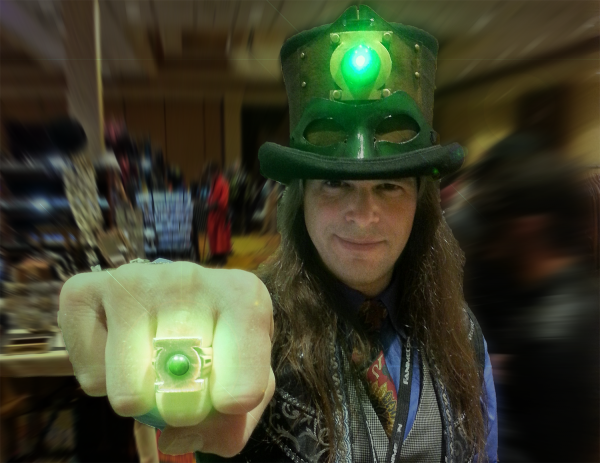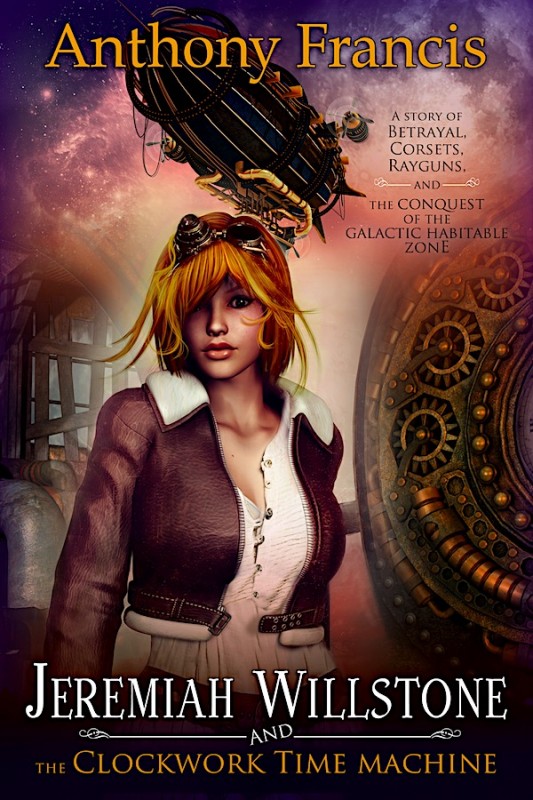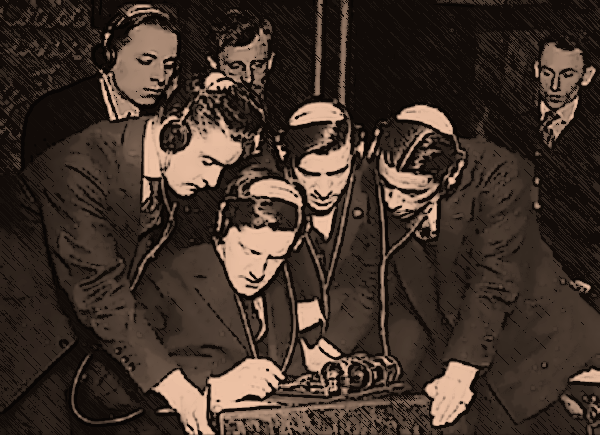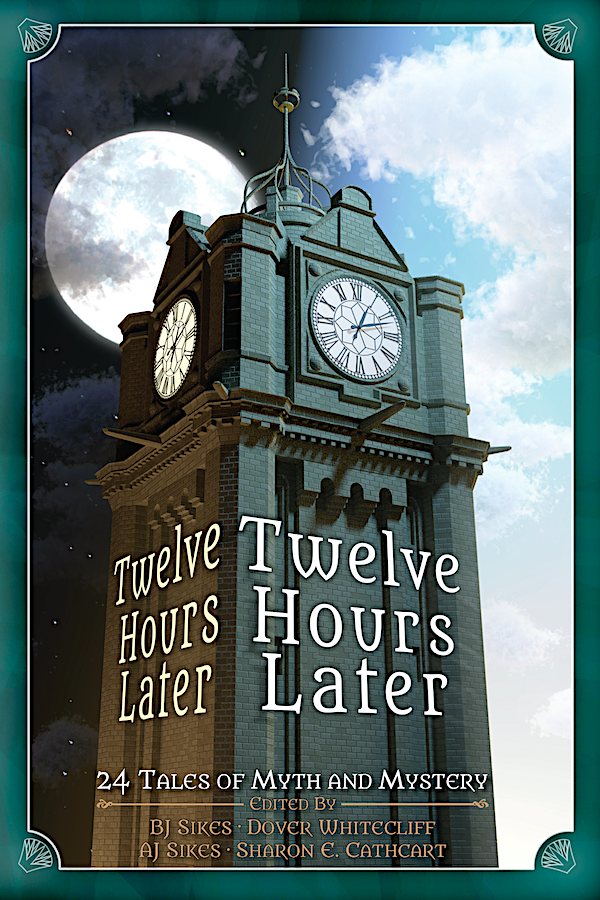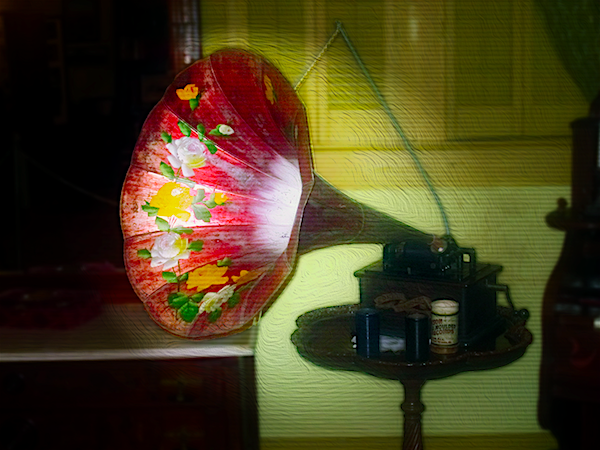
One of the fun things that Bell Bridge Books does for authors is to find ways to connect them to readers. While brainstorming about Jeremiah Willstone and the Clockwork Time Machine, one thing they suggested was to find something fun in the books – like an activity, a recipe – or a drink. Well, as it turns out, there’s a cocktail in JW&TCTM: the mint julep.
It was worth the wait. The mint julep was precisely as she remembered her grandmother’s: sweet sugar, sharp bourbon, the tang of mint fresh-picked from the garden, all served icy-cold in a tall Collins glass. It was like a sudden flash from another universe, another time, and Jeremiah felt a pang of homesickness—and forgotten loneliness; her grandmother was long gone, and Jeremiah realized she was more than a decade into the project of redeeming her mother’s good name. After a long sip of mint-muddled bourbon, Jeremiah marshaled herself and spoke.
According to Garden and Gun’s The Southerner’s Handbook, “the mint julep may be the most iconic cocktail in America” after the martini. Originating in the early eighteen hundreds, it was perceived as a drink of the elites – because you needed a heck of lot of money to offer someone a drink, much less one served with ice, in a pewter cup, prepared by a servant, so it arrived frosted, all prior to refrigeration! But in modern times the mint julep is a drink for the masses, perhaps best known for its association with the Kentucky Derby, which in turn shot from regional to international prominence because of Hunter S. Thompson’s groundbreaking article of gonzo journalism, “The Kentucky Derby is Decadent and Depraved.”
But all that history takes us away from the damn drink, and while Jeremiah Willstone’s family originated in England with Mary Wollstonecraft, they very definitely became Southerners when they emigrated to America (where the real-life Mary Wollstonecraft had hoped to travel one day, if she’d lived longer). It took a little work to interpolate what the Willstone family’s mint julep might be like, but then I realized, since Victoriana is a century up on us, their drinks might be a mix of old and new. And so:
The Willstone Family Mint Julep
8 mint leaves
1 teaspoon superfine sugar
2.5 ounces Kentucky bourbon
Selzer water
Crushed ice
1 Julep Cup (traditional) or Collins Glass (modern)
1 mint sprig
Put the mint leaves in the bottom of the glass and top with the sugar. Muddle them together until the mint leaves begin to break down. Add a splash of seltzer to dissolve the sugar. Fill the glass 3/4 full with crushed ice and pour in the bourbon; top off with selzer. Stir, then garnish with the mint sprig and serve!
This recipe is a combination of ones from Garden and Gun’s The Southerner’s Handbook, updated slightly through comparison with one by Alton Brown to make it stronger and sweeter and to incorporate the more modern selzer water that the Victorianans would not be afraid to use. Contrariwise, the Garden and Gun one uses hot water instead of seltzer water, a good old Southern trick to make sure that the sugar completely dissolves – so Grandma Mark Willstone just might have poured a “little drop” of hot water on her mint and sugar before muddling it … and pouring in that crushed ice.
Enjoy.
-the Centaur
Pictured: a mint julep, from Wikimedia Commons by Cocktailmarler – Own work, CC BY-SA 3.0, Link.
